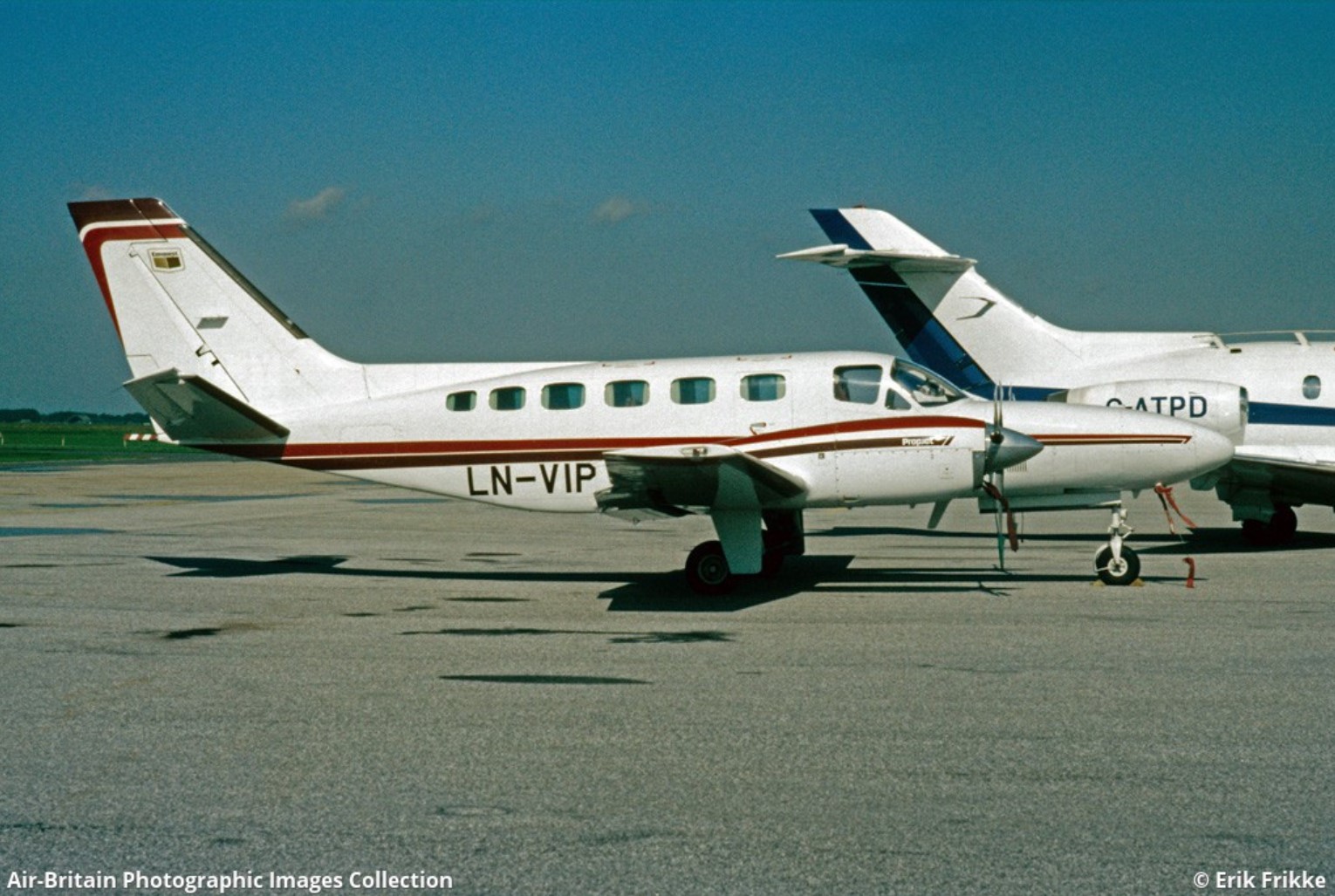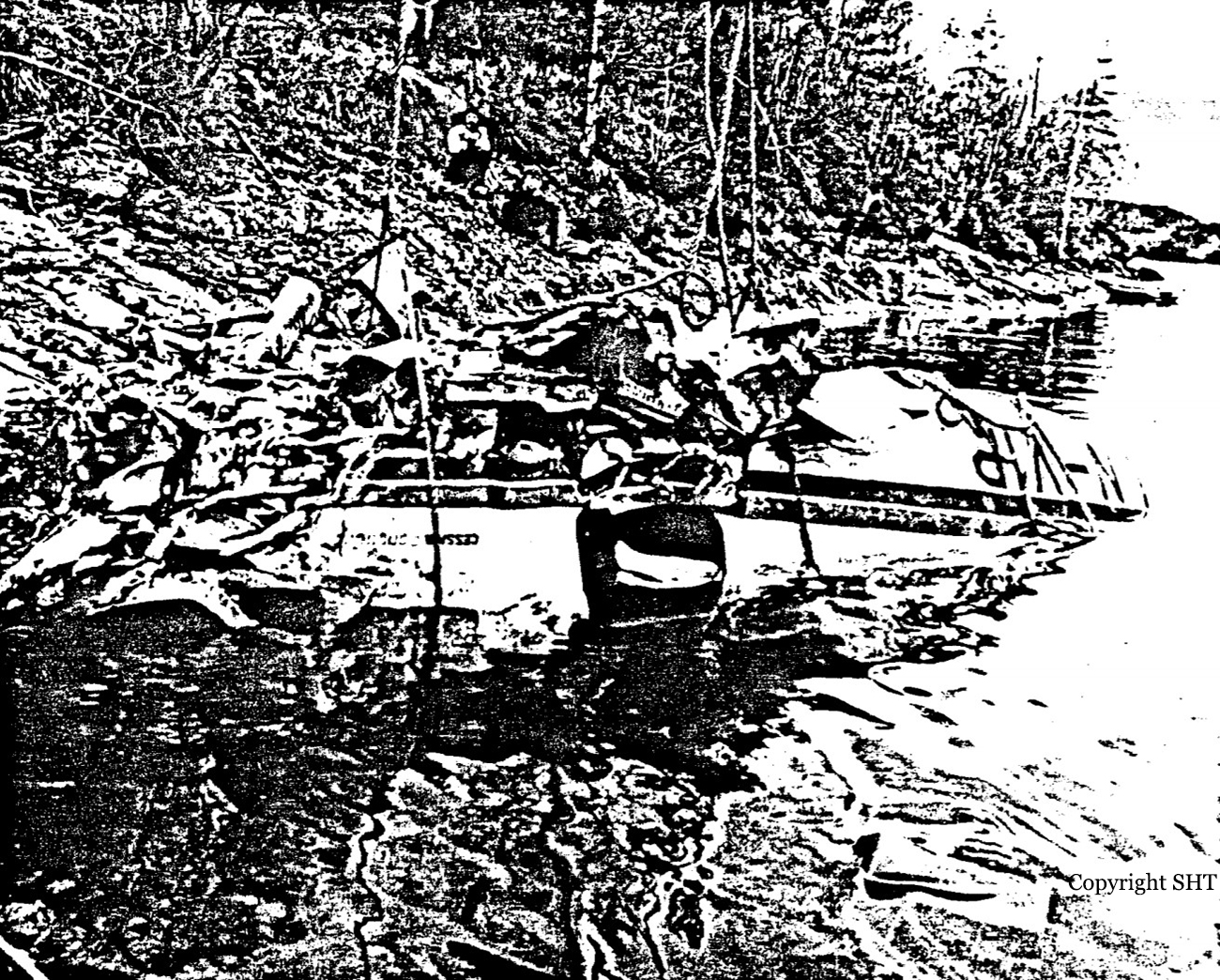Crash of a Cessna 441 Conquest in Flagstaff: 2 killed
Date & Time:
Feb 20, 1987 at 1845 LT
Registration:
N6858S
Survivors:
No
Schedule:
Phoenix - Flagstaff
MSN:
441-0253
YOM:
1982
Crew on board:
1
Crew fatalities:
Pax on board:
1
Pax fatalities:
Other fatalities:
Total fatalities:
2
Captain / Total hours on type:
24.00
Aircraft flight hours:
3349
Circumstances:
The aircraft was on an emergency medical service (ems/medevac) flight with a pilot and a flight nurse aboard to transport a maternity patient from Flagstaff to Phoenix. During a night arrival, the pilot began a VOR-A approach in IMC, then he reported a problem with his avionics and elected to make a missed approach. During the missed approach, he said that he 'lost' an inverter, then reported the gyros were inoperative. Radar vectors were being provided when he stated 'we have big trouble here.' Soon thereafter, radar and radio contacts were lost and the aircraft crashed approximately 7 miles southeast of the airport. During impact, the aircraft made a deep crater and was demolished. No preimpact engine or airframe failure was found. An investigation revealed the #2 (copilot's) attitude indicator was inoperative on the previous flight. A discrepancy report was taken to the avionics department, but the requested entry was not made in the aircraft form-4. The pilot took off before corrective action was taken. The operations manual requested 1,000 hours multi-engine time as pic and training by esignated cfi's. The pilot had approximately 837 hours multi-engine time, recorded 9 training flights in N6858S with non-designated instructors, completed a part 135 flight check on 2/17/88. Both occupants were killed.
Probable cause:
Occurrence #1: airframe/component/system failure/malfunction
Phase of operation: approach
Findings
1. Maintenance, recordkeeping - improper
2. Procedures/directives - not followed
3. (f) inadequate surveillance of operation - company/operator mgmt
4. (c) electrical system - undetermined
5. Electrical system, inverter - inoperative
6. Flight/nav instruments, attitude indicator - inoperative
----------
Occurrence #2: loss of control - in flight
Phase of operation: approach
Findings
7. (f) light condition - dark night
8. (f) weather condition - low ceiling
9. (f) weather condition - snow
10. (c) aircraft handling - not maintained - pilot in command
11. (c) spatial disorientation - pilot in command
12. (f) lack of total experience in type of aircraft - pilot in command
----------
Occurrence #3: in flight collision with terrain/water
Phase of operation: descent - uncontrolled
Phase of operation: approach
Findings
1. Maintenance, recordkeeping - improper
2. Procedures/directives - not followed
3. (f) inadequate surveillance of operation - company/operator mgmt
4. (c) electrical system - undetermined
5. Electrical system, inverter - inoperative
6. Flight/nav instruments, attitude indicator - inoperative
----------
Occurrence #2: loss of control - in flight
Phase of operation: approach
Findings
7. (f) light condition - dark night
8. (f) weather condition - low ceiling
9. (f) weather condition - snow
10. (c) aircraft handling - not maintained - pilot in command
11. (c) spatial disorientation - pilot in command
12. (f) lack of total experience in type of aircraft - pilot in command
----------
Occurrence #3: in flight collision with terrain/water
Phase of operation: descent - uncontrolled
Final Report:




